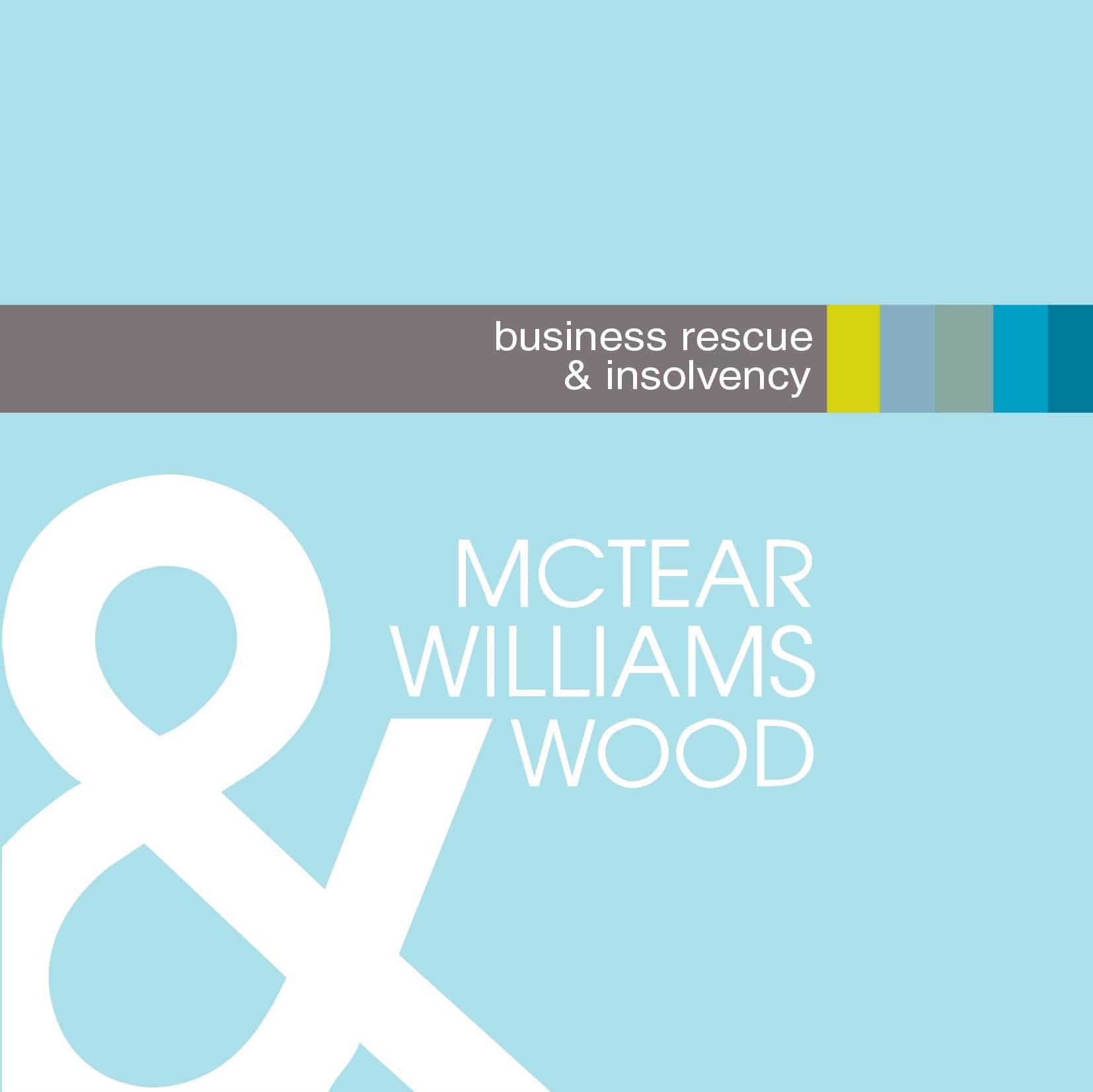How do I know if my business is insolvent?
In short, there are two legal definitions of insolvency:
- The first is being unable to pay your debts as they fall due.
- The second is that your liabilities exceed your assets.
If your business does not have the money or assets to pay the liabilities it owes, the company is classed as insolvent.
In more detail
In both cases you need to make a decision as to whether the business can carry on trading. Its very important you make a written note of your thinking at the time if you do decide to carry on, especially if you do so without take professional advice. One key question is how certain are you that by continuing to trade the finances of the business will improve and not deteriorate further?
What are the risks?
There are two main categories of risk by continuing to trade an insolvent company.
- Possible prosecution by the Department for Business Innovation and Skills for either wrongful or fraudulent trading which could lead to disqualification from acting as a director.
- Inadvertently taking on the personal liability of the debts (creditors) of the company by continuing to trade because of the wrongful trading or fraudulent trading. For example, ordering goods or services which no reasonable prospects of the company being able to pay may render you personally liable.
What next?
Many directors or business owners may not want to accept that they need help but speaking to us sooner rather than later often gives way to more options. We can help, so contact us today on 0800 331 7417.

